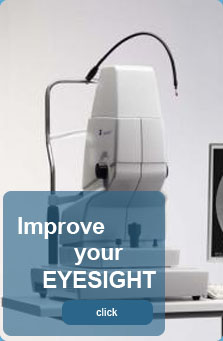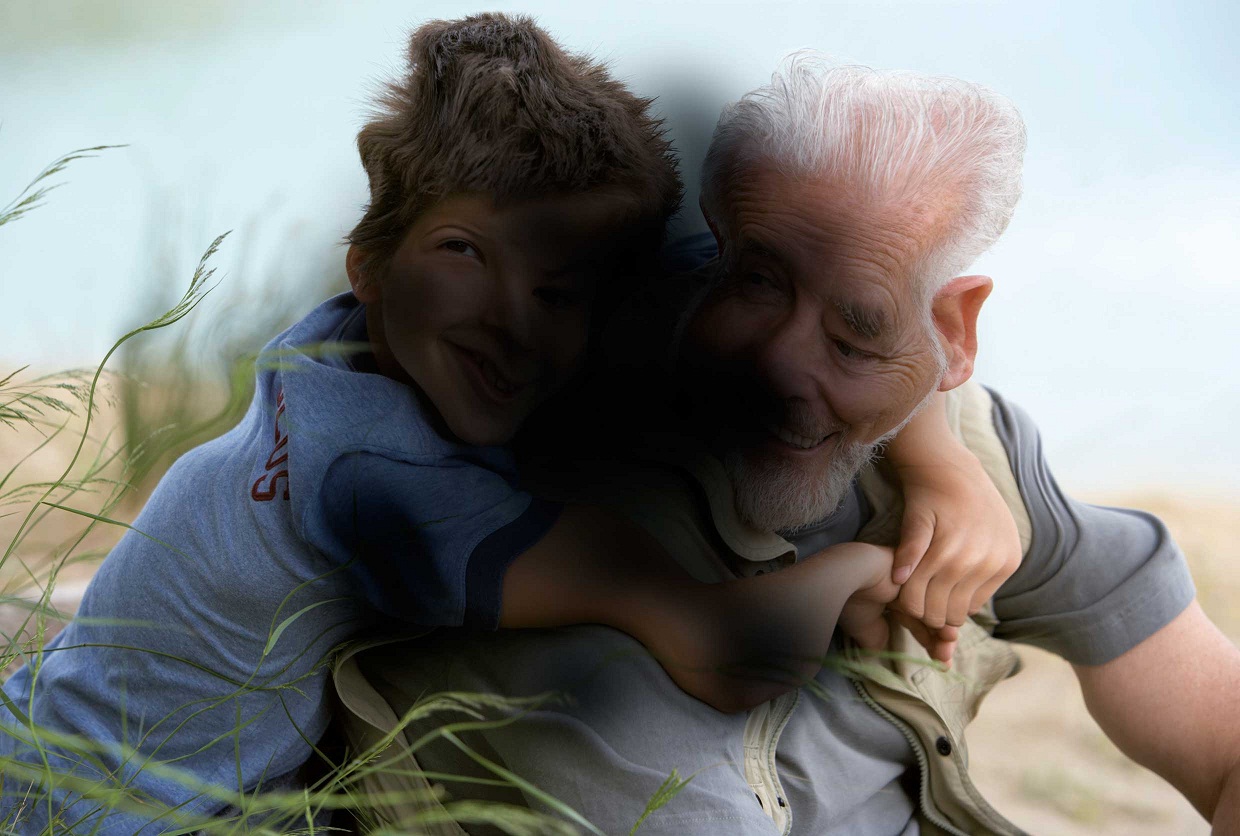

RANGE OF SERVICESAge-related Macular Degeneration (AMD) Outpatient Clinic |
||||||
|
Age-related Macular Degeneration (AMD) is one of the most common sight defects. Macula degeneration is not painful, and never leads to total blindness. It is the most common cause of poor sight in people over 60, but never leads to complete sight loss, because it is only the central vision that is affected. Macula degeneration never effects vision at the outer edges of the eye. AMD has two forms – in a slowly developing mild dry form (80-90% of patiens) or very fast-developing wet form (10-15% of patients). Usually it affects the over 50s. 30–40mln people in the world and 1,2 – 1,5mln people in Poland are estimated to suffer from AMD nowadays and the statistics show the increase of the number of AMD cases. The risk factors include: genetic predisposition, old age, gender (women more often), race (whites more often), iris color (blue-eyed more often), arterial hypertension, diabetes, obesity, smoking cigarettes (the probability of AMD is 6 times bigger). In the early stages your central vision may be blurred or distorted, with things looking an unusual size or shape. This may happen quickly or may develop over several months. You may be very sensitive to light or actually see lights that are not there. This may cause some discomfort occasionally, but otherwise macula degeneration is not painful. The macula enables you to see fine detail and people with the advanced condition will often notice a blank patch or dark spot in the center of their sight. This makes activities like reading, writing and recognizing small objects or faces very difficult. In the wet form the changes are more rapid. The patient may lose eyesight in a few days. The sight loss in AMD is caused by retinal pigment epithelium metabolism (RPE). It results in yellow deposits called drusen. Because of inflammation reaction the RPE atrophies – geographic atrophy in dry form AMD. Large and soft drusen are related to elevated cholesterol deposits and may respond to cholesterol-lowering agents. In some cases abnormal blood vessels are created (neovascularization CNV) with some of the new vessels breaking up and haemorrhage which leads to permanent destruction of the retina. The retinal nerve cells atrophy is irreparable. There is no treatment retrieving good eyesight. Thus, prevention is essential to stop the AMD development. How to prevent and stop the AMD development? We can prevent or stop the AMD development by using substances containing carotenoids (lutein and zeaxanthin) and antioxidant vitamins (vitamin C and E) “sweeping away” free radicals that damage the retina. Spinach, lettuce and broccoli are a source of carotenoids. There are also lots of diet supplements that contain crystal lutein. A daily dose for an adult is 6 – 14 mg of lutein, 500mg of vitamin C and 200 – 400mg of vitamin E. In case of the wet form of AMD intravitreal injections of anti-VEGF substances (Lucentis) are the most promising method. These are modified antibodies which after an injection to the eye stop the growth of abnormal vessels. It may stop the disease development or even the eyesight improvement. The patient is qualified for the injections (3-injection series once a month) of Lucentis after fluorescein angiography and OCT are done. The procedure is done in the operating room. After th eye local anaesthesia the injection is given to the vitreous humour. One hour later, after funduscopic examination and eye pressure measurement the patient is allowed to go home. What are the undesirable side effects of anti-VEGF substances? Undesirable side effects of anti-VEGF substances occur rather rarely. The most severe are: eye ball inflammation, rhegmatogenous retinal detachment, iatrogenic traumatic cataract. Light complications are: blood extravasation under the conjunctiva in place of the needle insertion, slight temporary pressure increase in the eye and allergic reactions. How to control eyesight in order to detect AMD development early? Patient’s awareness is essential in this aspect. A person who has been diagnosed as probable to develop AMD (present drusen) should regularly observe his/her eyesight condition by using the Amsler test. It is a simple test that may be done at home. A patient must observe horizontal and vertical lines combined together on a surface. If a patient suffers from AMD, he/she can perceive curved lines or a black and gray spot in more advanced AMD. How do patients suffering from AMD perceive objects?
Photos allowed by Novartis |
number of visitors: 969206 OCULUS Eye Diseases Treatment Center | 3 Feliksa Nowowiejskiego Street | 75-587 Koszalin
design: internet-media.pl






